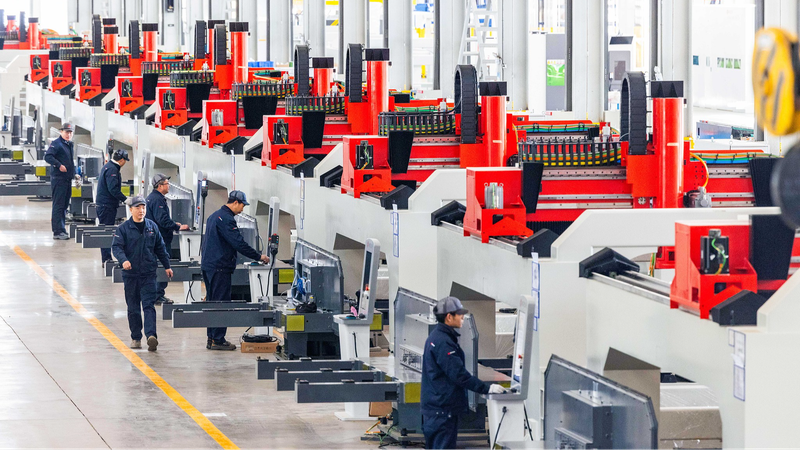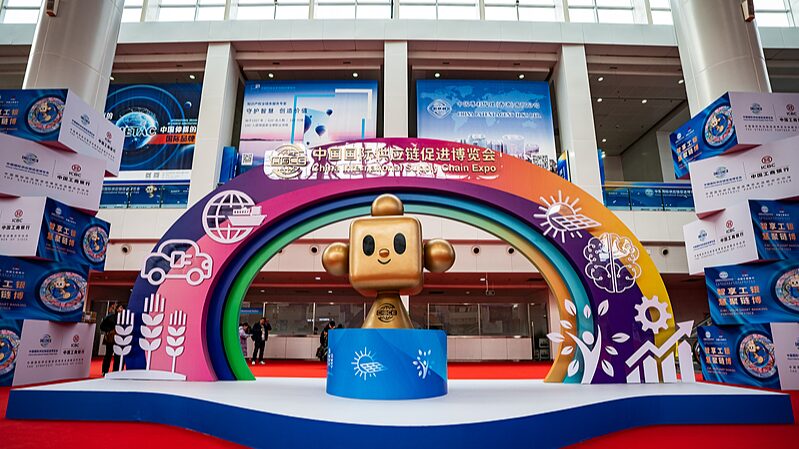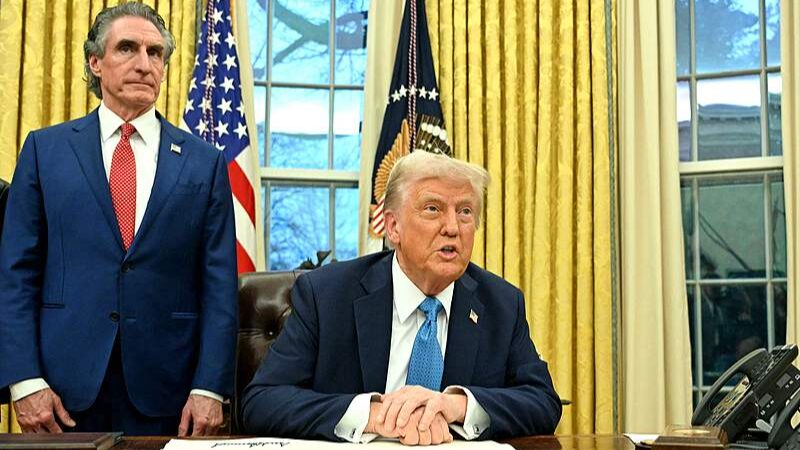Amid escalating U.S. tariffs, Chinese exporters are deploying innovative strategies to mitigate risks, showcasing the resilience of China's manufacturing sector while tapping new markets and domestic consumption. From auto parts to office supplies, businesses are adapting to trade tensions through geographic diversification and leveraging domestic demand, underscoring their critical role in global supply chains.
Ningbo-based BEIFA Group, a leading office stationery manufacturer, reported a 30% surge in European sales and growing demand from Southeast Asia despite reduced U.S. exports. “China’s manufacturing ecosystem remains irreplaceable,” said Zhao Zhongxiu, president of the University of International Business and Economics. “Our innovation capacity and industrial scale anchor global confidence.”
Data reveals China contributes over 30% of global office supplies exports, with Ningbo alone generating 3 billion yuan ($413 million) annually. Meanwhile, a Dongguan automotive parts supplier shifted production to Thailand, cutting U.S. reliance below 30% while expanding to 40 countries—a model aligned with China’s push for supply chain resilience.
Domestic markets are also absorbing export capacity, with e-commerce platforms like JD.com investing 200 billion yuan ($27.4 billion) to promote high-quality goods locally. Experts say this shift supports economic stability. “Synergies between exporters and domestic retailers drive supply-side reforms,” noted Nankai University finance professor Tian Lihui.
U.S. tariff impacts may backfire: A Cixi-made washing machine’s U.S. price surged 50%, while Yale researchers estimate short-term household costs could rise by $5,000. As trade dynamics evolve, China’s exporters continue rewriting the rules of engagement.
Reference(s):
Chinese exporters navigate U.S. tariffs via market diversification
cgtn.com








